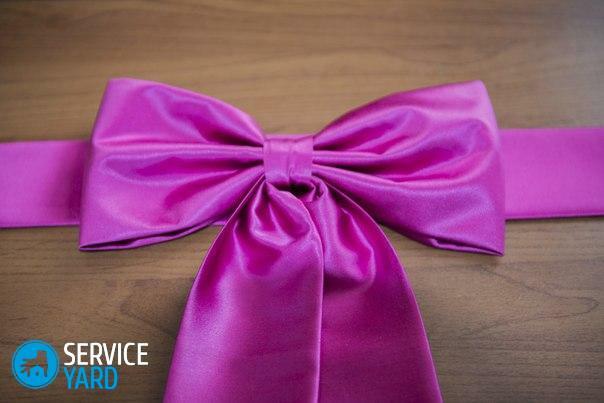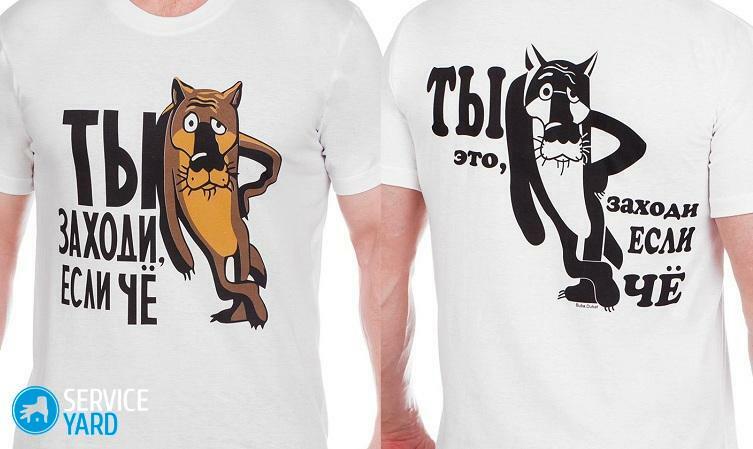Cold floors in the building - is, without exaggeration, a disaster. Legs get cool, households suffer. Especially a lot of problems with children who constantly forget to wear slippers and love to play on the floor. Experts estimate that through the floor of the first floor, in contact with the ground, may leave a fifth portion of the heat in the building. The problem is solved by a correctly selected material for insulation. The theme of this material from Housechief edition - what better insulation for floors and on what parameters it should pick up.

Read article
- 1 Requirements for insulation and its types
- 1.1 mineral materials
- 1.1.1 Mineral wool
- 1.1.2 fiberglass
- 1.1.3 Stone wool
- 1.1.4 slag wool
- 1.1.5 foamglass
- 1.1.6 expanded clay aggregate
- 1.2 Polymer insulation for the floor: what is better
- 1.2.1 Expanded polystyrene
- 1.2.2 Polyethylene-based foil
- 1.2.3 Penoizol
- 1.3 Chipboard heaters
- 1.3.1 Ecowool
- 1.3.2 Sawdust
- 1.3.3 Bung
- 1.1 mineral materials
- 2 Comparison of heaters on the main characteristics
- 2.1 thermal properties
- 2.2 Water vapor permeability and gigrosokpichnost
- 2.3 Environmentally friendly
- 2.4 Fire safety
- 2.5 Ease of installation
- 3 The best options for different types of floors
- 4 How manufacturers of heaters to be trusted
Requirements for insulation and its types
Not everyone is suitable for insulation of floors. There are certain criteria by which to select a suitable material. One of the main - environmental friendliness. toxic evaporation tend to spread from the bottom up, so that is you on the floor - it is very important.

Another important parameter - resistance to fire. The use of such materials is not only on the floor but also on the walls and ceiling make your home fire safe.

Finally, it is important that the material is simple to install - then you can make the insulation of floors on their own, do not spend on employees.
Insulation materials for floors are divided into large sub-categories:
- mineral;
- polymer;
- chipboard.
Consider their characteristics and subtypes more:
mineral materials
To apply mineral heater mineral wool, glass wool, foam glass, expanded clay.
Mineral wool
This insulation is prepared from a soft rocks by comminuting and melting of the feedstock. The result is a thread that are formed into mats using a resinous adhesive.

The material has low thermal conductivity and excellent sound insulation. He did not favor the development of fungi, are not interested in home rodents and has a long service life. Another significant plus - good steam, which makes to insulate the surface "breathing". Mineral wool is done on the subspecies of the feedstock, and is made of glass, stone and basalt.
fiberglass
This kind of mineral wool which is made from sand, borax and limestone. These same components are used as raw materials for the production of conventional glass. At a temperature of almost fifteen hundred degrees raw material is melted and formed filaments which are pressed into mats, as well as other types of mineral wool. The resulting material has excellent properties of heat saving, does not support combustion, and is resistant to mechanical stress.

Stone wool
Mats with the same name produced from igneous rocks in the same high-melting method. Unlike fiberglass, the insulation is not pricked, does not irritate the skin at the time of installation works.

slag wool
This insulating material was produced from waste blast furnaces. availability of raw materials makes it a very cheap, but slag wool has numerous disadvantages: it absorb moisture, it generates acid when wet, which destroys metal parts insulated design.

foamglass
Another variant of the mineral insulation - foamed glass. Also has a very low thermal conductivity and virtually zero flammability. Foam glass does not absorb water, different strength and resistance to deformation. This heater is not afraid of mice and household insectsIt does not rot and is not a favorable environment for the development of mold.

expanded clay aggregate
Essentially expanded clay - it is a common clay, baked in the oven in the form of small pellets. The firing process in the material forms many pores, which are key to excellent heat savings and soundproofing. By itself, the material is inexpensive, it can be used during installation screed.

Polymer insulation for the floor: what is better
polymer materials for insulation are becoming increasingly available and popular. They have long become real competitors mineral wool heat insulator. The most common are plastic foam and penoplistirol, polyurethane, foamed polyethylene foil and liquid foams.
Expanded polystyrene
This heat-insulating material consists of small lung granules. When all its lightness EPS is very durable. One of its advantages - resistance to moisture, so that it can be used for insulating floors the first floor in the area with a high water table. For insulation is not necessary to use a large plate thickness - just enough 5 cm sheet insulation quality.

Extruded polystyrene foam analogue differs from the method of production, which involves treatment under high pressure and temperature.

Polyethylene-based foil
This is a very popular thermal insulator for floors. The polyethylene is foamed by using liquefied gases and applied to a foil film, which serves as an additional insulator. The material is thin, is sold in roll form, is water. The advantage of polyethylene in its chemical neutrality and high strength.

Penoizol
Liquid foam is applied to the surface of the thermally insulated spray. It can penetrate into all the cracks and fill voids. This is very handy if you have a complex floor. Like an ordinary foam Penoizol not harbor mold and rot. The heat insulator is quite strong, not deformed during the operation.

Chipboard heaters
This is the cheapest and simplest form of insulation that is available to everyone. Wood-base materials to insulate our ancestors home. The easiest option - the usual chips. For more contemporary materials include slabs Particleboard and plywood, Of cellulose wadding.
Ecowool
This modern environmentally friendly thermal insulator of fluff pulp fibers. For fire safety the pulp was added boric acid and blizzard. In addition to the prevention of fire, these chemical components are not allowed to develop in the thickness of insulation insects and rodents. Ecowool applied by blowing of the hose - spray. For thermal insulation properties ekovaty layer 20 centimeters corresponds to 80 centimeter layer of expanded clay.

Sawdust
In modern homes sawdust for insulation should not be used out of the fire for safety reasons. For warming of the raw material is compressed into blocks or slabs, which are added in the cement, copper sulfate and antiseptics that prevent rot and mildew to breed.
The most advanced in the Pan arbolit considered.

Bung
Suberic insulation made from oak bark, crushing it and gluing natural resinous substance. This natural thermal insulator is characterized by high strength and resistance to moisture.

Comparison of heaters on the main characteristics
When choosing the best and most suitable for your environment heater you need to consider it from the point of view of different characteristics. Only in comparison you can find the best option:
thermal properties
Thermal conductivity - this is one of the most important characteristics, which is calculated ratio. The higher this ratio - the less heat saves material. If we consider the above-mentioned materials, the lowest thermal conductivity coefficient of polyurethane foam - 0.023, while the highest - in the mineral wool insulation.

Water vapor permeability and gigrosokpichnost
This rate influences the formation of condensation. The better water vapor permeability - the less moisture will penetrate into the room. Good vapor permeability is required for floors of wood, It is important that the material to "breathe". Concrete floor is not essential. For these reasons we can say that the best results show mineral wool insulation, and all the others are like for any cover for warming wooden floors.
A hygroscopic - it's a minus, which is highly undesirable for insulating floors. Moisture in skinny insulation reduces its insulating properties and contributes to the rapid degradation of the material. The accumulation of moisture adversely affects the properties of the mineral wool, because it retains moisture. sure to use a film or membrane to protect this should heater.

Environmentally friendly
The most eco-friendly materials are natural: ecowool, cork, arbolit. At their base - natural fibers which do not emit toxic substances during operation and even in contact with chemically aggressive substances.
Fire safety
This factor is especially important if you wooden or frame house or bath. In this case, the heaters should be selected that do not support combustion. Mineral wool - non-flammable insulation. All materials that are classified as environmentally friendly, burning when in contact with open flames and quickly extinguished. But synthetic materials can smolder for a long time and smolder, giving off toxic fumes.

Ease of installation
If you plan to do on their own floor insulation, the ease of installation - an essential factor of choice. Immediately discard in this case Penoizol and ecowool because professional equipment required for the application of these materials. All other options will be relevant, to cope with their mounting may even a beginner in this business. Just remember that you need to use a mask, goggles and gloves when working with glass wool.
The best options for different types of floors
The choice of insulation, including, depends on the design of the floor and number of storeys. Roughly speaking, it makes no sense to insulate the floor of the second floor in frame house using expanded clay.
To the first floor, where the insulation is particularly important to pay attention to foundation type. ribbon and rostverkovy foundation It allows you to lay the insulation directly on the ground or on the joists.

For wooden houses to maintain the base should not be used for thermal insulation foam board and the foam due to the formation of condensation which would lead to a rapid decay of the wood.
buildings from brick and concrete in this respect less "picky" and here all kinds of heaters may be used, from flowing to the MDF. We should pay attention to the thickness of insulation and its thermal conductivity properties. These factors, including, depending on the climatic conditions in your area.

How manufacturers of heaters to be trusted
If you are not in favor of risky decisions when selecting thermal insulation materials should trust the eminent brands that has proven the quality of its products many years of successful experience. Among these can be noted Technonikol, Isoroc and Rockwool. With them, you will not regret it.

And what kind of materials would you recommend to our readers? Write about it in the comments! And in the end, we offer you a small video review useful.



